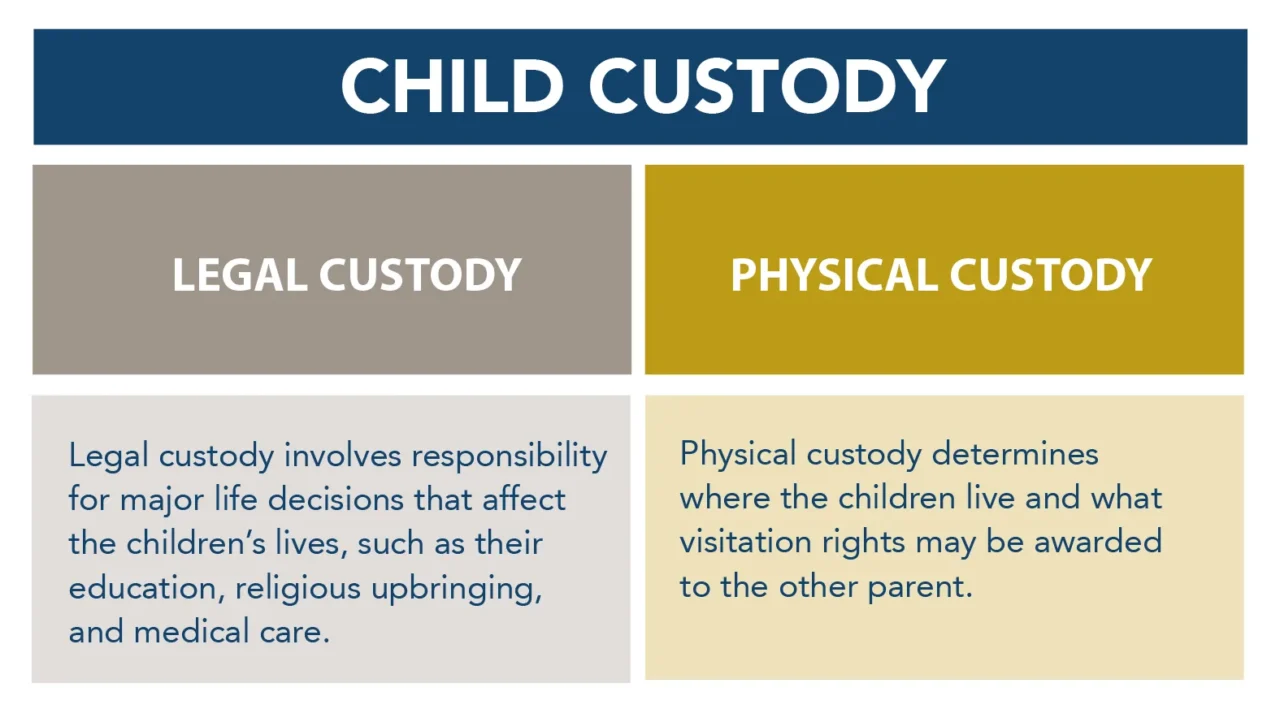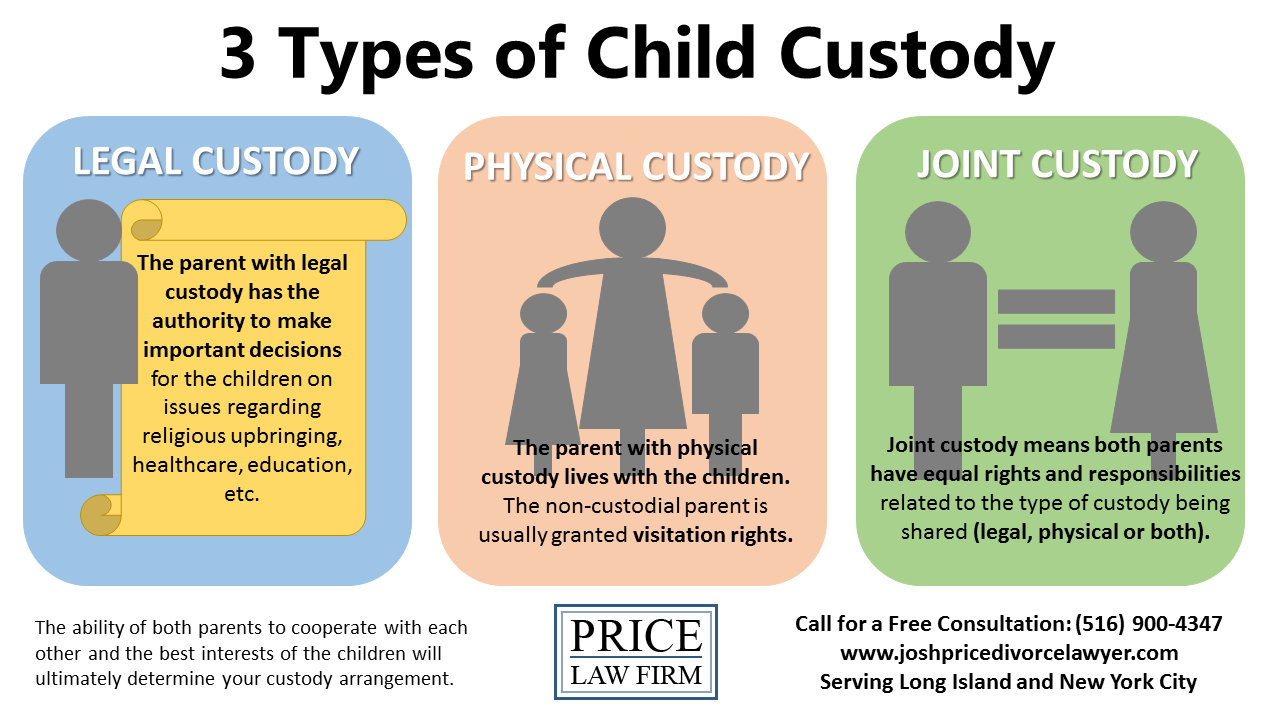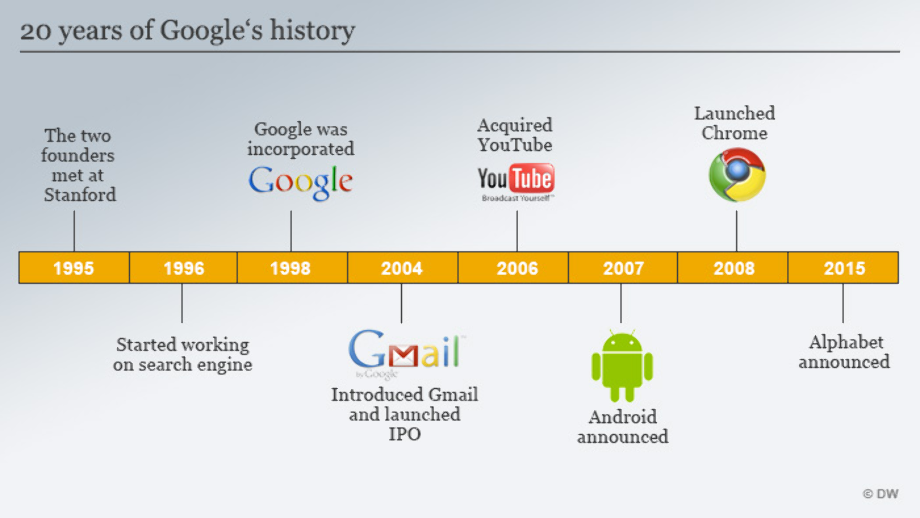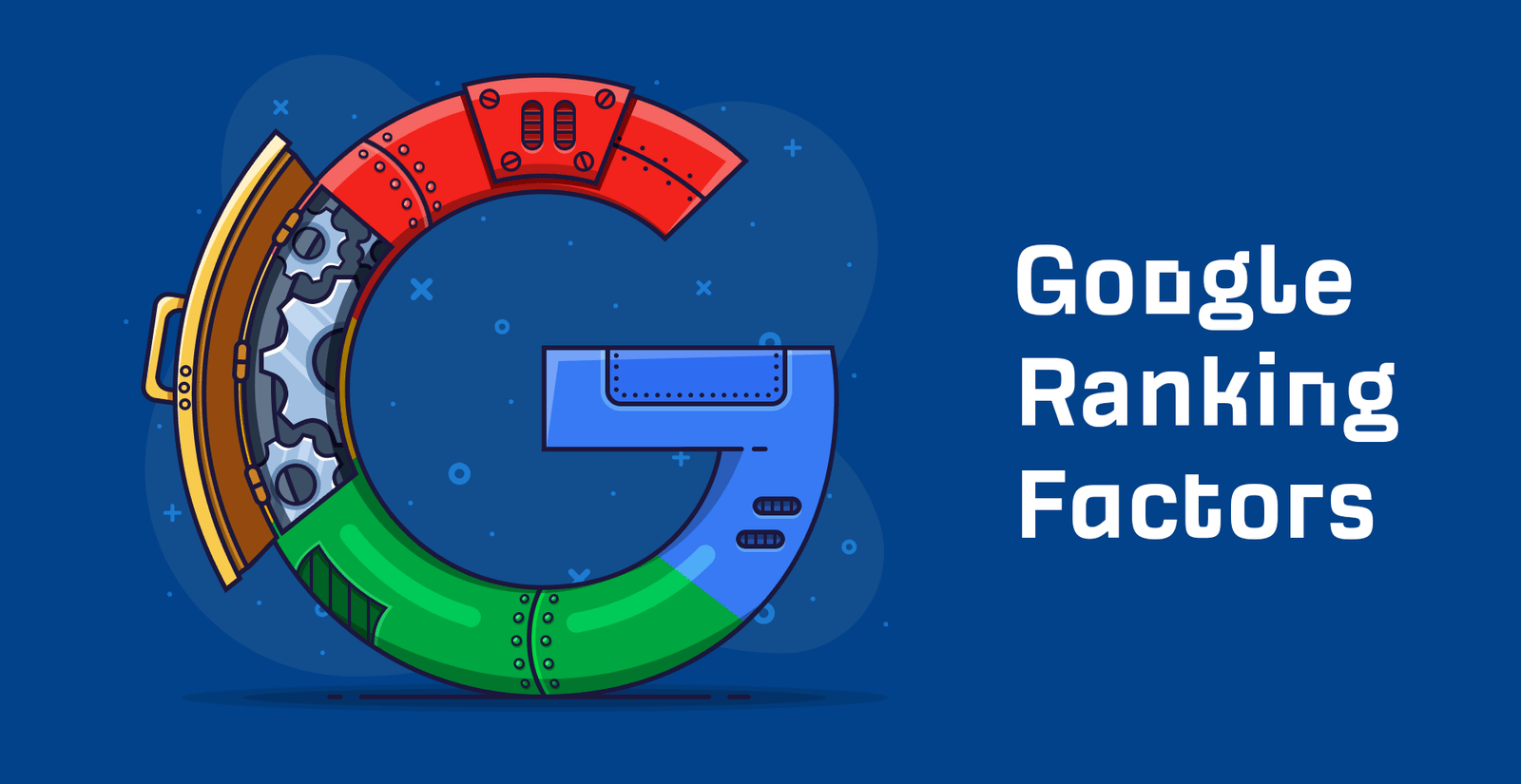Blog
Veed:Comprehensive Guide to Features

It seems like you’re referring to Veed, a popular online video editing platform. If you need assistance with using Veed or have specific tasks in mind, here are some general steps and tips:
Why Choose Veed as Your Top Video Editing Platform?
Veed stands out as a top video editing platform for several reasons, catering to both amateur videographers and seasoned professionals. Its intuitive interface makes it accessible for beginners, while offering powerful tools that seasoned editors appreciate.
Users can effortlessly produce high-quality videos thanks to its wide range of features, including advanced trimming tools, AI-driven video enhancements, and a multi-track timeline.
Veed’s cloud-based infrastructure allows seamless editing without significant local resources, enabling creators to work from any location.
Regular updates and new feature rollouts further ensure users have access to cutting-edge technology and editing trends, making Veed a versatile and reliable choice for video editing needs.
Benefits of Using Veed
Veed offers numerous benefits that enhance the video editing experience. Its user-friendly interface simplifies the editing process, reducing the learning curve for beginners, while allowing experienced editors to dive into more nuanced tweaks. The platform’s AI-driven features, such as automatic captioning and background noise removal, streamline complex tasks and save valuable time.
Additionally, Veed’s collaborative tools enable teams to work efficiently, sharing projects and providing feedback in real-time. These aspects make Veed not only a powerful tool for individual creators, but also an ideal solution for collaborative projects.
AI Avatars by Veed
The introduction of AI Avatars in Veed marks a groundbreaking step in personalizing video content. These AI-generated avatars can be customized to align with a brand’s identity, providing a dynamic way to interact with audiences. Users can select from an array of pre-designed avatars or create unique characters that suit their project’s needs.
These avatars can mimic human gestures and speech with high accuracy, enabling engaging presentations, virtual assistants, and more. By integrating AI avatars into their workflow, creators can offer an immersive experience that is both captivating and innovative, setting their videos apart in a competitive digital landscape. With AI avatars, Veed continues to enhance creativity and push the boundaries of what’s possible in video storytelling.
Getting Started with Veed
- Sign Up/Log In:
- Visit Veed.io and sign up for a free account or log in if you already have one.
- Upload Your Video:
- Click on “Upload Your Video” to import the footage you want to edit. You can upload from your device or import from cloud storage services like Google Drive.
- Basic Editing:
- Trim & Cut: Use the timeline to select and trim out unwanted parts of your video.
- Crop & Rotate: Adjust the framing and orientation of your video by cropping and rotating.
- Add Text & Captions:
- Insert text overlays, titles, or captions to enhance your video. Veed provides different fonts and styles.
- Apply Filters & Effects:
- Enhance your video with filters and visual effects to improve its aesthetic.
- Add Music & Sound Effects:
- Upload music tracks or sound effects to create a more engaging experience.
- Use the Timeline:
- The timeline feature allows you to arrange clips, audio, and text chronologically to create a cohesive video.
- Export Your Video:
- Once editing is complete, click on “Export” to save your video. Choose the desired resolution and format.
Tips for Effective Video Editing
- Keep It Concise: Attention spans are short, so aim to make your videos engaging and to the point.
- Focus on Quality: Good lighting and sound quality are just as important as editing.
- Tell a Story: Structure your content with a clear beginning, middle, and end to keep viewers engaged.
If you have a specific question or need further assistance, please provide more details!
Veed Mobile App
For on-the-go editing, Veed also offers a mobile app. You can download the Veed app from the Google Play Store to edit videos directly from your mobile device. Download Veed on Google Play Store.
Veed Version Table
|
Version |
Release Date |
Features/Improvements |
|---|---|---|
|
1.0 |
January 2021 |
Initial release with basic editing tools. |
|
1.5 |
March 2021 |
Added text overlays and simple effects. |
|
2.0 |
July 2021 |
Introduced multi-track timeline and advanced trimming tools. |
|
2.5 |
November 2021 |
Included new filters and sound effects library. |
|
3.0 |
February 2022 |
Launched mobile app with sync capabilities. |
|
3.5 |
June 2022 |
Performance improvements and bug fixes. |
|
4.0 |
October 2022 |
New user interface and enhanced export options. |
|
4.5 |
April 2023 |
AI-driven video enhancement features. |
This table provides a quick overview of the different versions of Veed, their release dates, and the significant features or improvements introduced in each version.
Recommended Book for Veed Users
For those looking to enhance their video editing skills on Veed, “The Art of Video Editing: A Beginner’s Guide to Video Editing Mastery” by Amy Roberts is highly recommended. This comprehensive guide is tailored for both beginners and seasoned editors, as it offers insights into foundational techniques and, furthermore, advanced strategies for crafting compelling visual stories.
With step-by-step tutorials, practical tips, and illustrative examples, this book is an invaluable resource for anyone aiming to maximize their use of Veed and produce professional-quality videos. Whether you’re editing for personal projects or professional purposes, “The Art of Video Editing” provides the knowledge and inspiration needed to elevate your editing prowess.
Pros and Cons of Using Veed
Pros
- User-Friendly Interface: Veed boasts an intuitive design that is easy to navigate for users of all skill levels, reducing the time spent learning the platform.
- Cloud-Based Editing: With its cloud infrastructure, Veed facilitates remote editing, allowing users to work from any device without heavy local resources.
- AI-Driven Features: Automated tools like captioning and noise removal save time and improve productivity, freeing users to focus on creative decisions.
- Collaborative Capabilities: Veed’s real-time collaboration tools enable teams to work efficiently, providing seamless feedback loops and enhancing productivity.
- Regular Updates: The platform is frequently updated with new features and improvements, keeping users at the cutting edge of video editing technology.
Cons
- Internet Dependency: As a cloud-based service, reliable internet access is required for optimal performance, which can be a limitation in areas with poor connectivity.
- Subscription Costs: While Veed offers a free version, accessing its full suite of features may require a paid subscription, which could be costly for some users.
- Resource Limitations: Although cloud-based, there may be limitations on storage or processing for extensive projects, which require external solutions.
- Mobile App Limitations: The mobile app may not yet offer all the features available on the desktop version, potentially hindering on-the-go editors in their workflow.
FAQs
1. What kind of videos can I edit with Veed?
Veed is suitable for editing various types of videos, including vlogs, tutorials, promotional content, and social media clips. Its versatile tools cater to both personal and professional video projects.
2. Is Veed compatible with all video formats?
Yes, Veed supports a wide range of video formats, allowing users to upload and edit videos without format restrictions, ensuring a seamless editing experience.
3. Can I use Veed without an internet connection?
Veed is a cloud-based platform, which means an active internet connection is necessary to use its features. Offline editing is not supported at this time.
4. How does Veed ensure my video projects remain secure?
Veed employs robust security measures to protect user data, including encryption and secure servers. Your projects remain private and accessible only to you and collaborators you invite.
5. Are there free tutorials or learning resources for beginners?
Yes, Veed offers various free tutorials and online resources to help new users get started with video editing. These resources are available on the Veed website and YouTube channel.
6. Is there a limit to the video length I can edit on Veed?
Although the free version of Veed might have restrictions on video length or file size, the paid versions offer more flexibility, thereby accommodating longer and larger projects. Check the pricing plans for specific details.
Utilizing tags within Veed can be beneficial
To effectively organize your video projects and increase their visibility, utilizing tags within Veed can be beneficial. Firstly, tags help categorize and classify your videos, making it easier for viewers to find content relevant to their interests. Essentially, they function as keywords that relate to the themes, topics, or genres of your videos. Furthermore, incorporating relevant and specific tags can also enhance search ability across platforms, especially when sharing on social media or video hosting sites. Ultimately, by thoughtfully selecting and applying tags, you can optimize your video’s reach and engagement, ensuring it connects with the intended audience.
Blog
what is joint custody: Latest
Blog
Best Vacation Spots in the US:

A Guide for Citizens and Visitors
Best Vacation Spots in the US: The United States is a treasure trove of vacation destinations, offering an incredible variety of landscapes, cultures, and experiences. Whether you are a U.S. citizen exploring your own backyard or a traveler from abroad looking to immerse yourself in the American experience, there’s something for everyone. Here are some of the best vacation spots in the U.S. to consider for your next adventure.
1. New York City, New York
For a city that never sleeps, New York is a must-visit destination. Home to iconic landmarks like Times Square, the Statue of Liberty, and Central Park, the city offers a vibrant mix of culture, cuisine, and entertainment. Don’t miss the Broadway shows, world-class museums like the MET, and the bustling neighborhoods like SoHo and Williamsburg.
- Ideal For: Culture enthusiasts, foodies, and urban adventurers.
- Pro Tip: Visit during spring or fall to enjoy pleasant weather and fewer crowds.
2. Grand Canyon, Arizona
This natural wonder is awe-inspiring and a perfect destination for nature lovers. Hike along the South Rim, take a helicopter tour for breathtaking views, or raft down the Colorado River for an unforgettable adventure.
- Ideal For: Outdoor enthusiasts and families.
- Pro Tip: Sunrise and sunset offer the most stunning views.
3. Honolulu, Hawaii
Experience the tropical paradise of Hawaii’s capital city. From the famous Waikiki Beach to the historic Pearl Harbor sites, Honolulu is a blend of relaxation and cultural heritage.
- Ideal For: Beach lovers, surfers, and history buffs.
- Pro Tip: Explore nearby attractions like Diamond Head and Hanauma Bay for snorkeling.
4. Yellowstone National Park, Wyoming/Montana/Idaho
America’s first national park is a wonderland of geysers, hot springs, and diverse wildlife. Old Faithful and the Grand Prismatic Spring are must-sees, but the park also offers incredible hiking and camping opportunities.
- Ideal For: Nature lovers and adventure seekers.
- Pro Tip: Visit during late spring or early fall to avoid the summer crowds.
5. New Orleans, Louisiana
Known for its vibrant culture, jazz music, and Creole cuisine, New Orleans is a city like no other. The French Quarter, Bourbon Street, and Mardi Gras are just the beginning of what this lively city has to offer.
- Ideal For: Music lovers, food enthusiasts, and partygoers.
- Pro Tip: Visit in April for the New Orleans Jazz & Heritage Festival.
6. San Francisco, California
Famous for the Golden Gate Bridge, Alcatraz Island, and its eclectic neighborhoods, San Francisco offers a mix of natural beauty and urban charm. Explore Fisherman’s Wharf, ride the iconic cable cars, and take a day trip to wine country.
- Ideal For: Couples, families, and solo travelers.
- Pro Tip: Bring layers; the weather can change quickly.
7. Orlando, Florida
Orlando is a family-friendly destination that promises fun for all ages. Home to Walt Disney World, Universal Studios, and SeaWorld, it’s the ultimate spot for theme park enthusiasts.
- Ideal For: Families and thrill-seekers.
- Pro Tip: Plan your visit during weekdays to avoid long lines.
8. Las Vegas, Nevada
The entertainment capital of the world, Las Vegas is known for its vibrant nightlife, luxurious resorts, and world-class dining. Beyond the casinos, visitors can explore nearby attractions like the Hoover Dam and Red Rock Canyon.
- Ideal For: Nightlife enthusiasts and luxury travelers.
- Pro Tip: Check out the free shows like the Bellagio Fountains.
9. Charleston, South Carolina
This charming Southern city is known for its historic architecture, cobblestone streets, and warm hospitality. Visit the historic plantations, enjoy a carriage ride, and indulge in delicious Lowcountry cuisine.
- Ideal For: History buffs and couples.
- Pro Tip: Springtime offers beautiful blooms and pleasant weather.
10. Anchorage, Alaska
Best Vacation Spots in the US: For a taste of the wild, Anchorage is the gateway to Alaska’s rugged beauty. Experience glaciers, wildlife, and stunning mountain views. Don’t miss a cruise through the Kenai Fjords or a visit to Denali National Park.
- Ideal For: Adventure seekers and nature lovers.
- Pro Tip: Summer offers extended daylight hours to explore more.
The United States offers a rich tapestry of experiences, making it a top destination for travelers from all walks of life. Whether you’re looking for thrilling adventures, serene landscapes, or cultural immersion, the perfect vacation spot awaits you. Start planning your journey today!
Blog
The History of Google: Global Tech Giant

The History of Google: From a Research Project to a Global Giant
History of Google vision, and adaptability. Here’s a deep dive into the history of Google, its evolution, and its impact on the digital age.
Early Beginnings: The Birth of Google
Google was founded in September 1998 by Larry Page and Sergey Brin, both Stanford University graduate students. The pair met in 1995 when Larry was considering attending Stanford for his PhD and was introduced to Sergey, who was already a student. They began working together on a search engine project as part of Larry’s doctoral thesis.
Initially, the duo worked on a project called BackRub, which used a novel algorithm to rank web pages based on the number and quality of links pointing to them. This was a departure from the keyword-based search algorithms that were common at the time. They quickly realized the potential of this idea, which led to the creation of Google.
The name “Google” is a play on the word “googol,” which refers to the number 1 followed by 100 zeros, symbolizing the founders’ mission to organize an immense amount of information on the web.
The Early Growth: Launch and Expansion
Google’s first public release was in 1998, when it was still in beta and running on the Stanford University servers. The search engine quickly gained popularity due to its cleaner, faster interface and more relevant search results. By 1999, the company moved into a garage in Menlo Park, California, which is often considered Google’s official startup base.
In 2000, Google introduced its AdWords program, which allowed businesses to advertise on Google’s search results. This program became the backbone of Google’s revenue model, allowing the company to scale its operations rapidly.
Becoming a Household Name: IPO and Global Expansion
Google’s exponential growth continued in the early 2000s. The company expanded its range of services, including the introduction of Gmail in 2004, which revolutionized email with its 1GB storage and the use of an innovative conversation-based interface.
In 2004, Google went public, with its Initial Public Offering (IPO) raising nearly $2 billion. The stock price skyrocketed, and Google became a publicly traded company. This marked a pivotal moment in the company’s journey, solidifying its place in Silicon Valley’s elite tech companies.
After the IPO, Google continued to expand by acquiring other companies. In 2006, it acquired YouTube, further broadening its scope to video sharing. Over the next few years, Google acquired several other companies, including Android Inc. in 2005, which led to the development of the Android operating system—a key player in the mobile revolution.
The Google Era: Dominance and Innovation
In the following years, Google expanded into various markets, including cloud computing, hardware, and artificial intelligence. The company launched products like Google Maps, Google Drive, and Google Chrome, which have become central to everyday internet usage.
In 2015, Google reorganized itself under a new parent company called Alphabet Inc., with Google becoming its largest subsidiary. This restructuring allowed the company to focus on its core business while also exploring new ventures, including life sciences and autonomous vehicles through its various “Other Bets.”
Google also made strides in AI and machine learning with products like Google Assistant, Google Translate, and Google Cloud AI. The company’s algorithms are integral to billions of searches, and its AI-based technologies continue to drive innovation in numerous industries.
Controversies and Challenges
While Google’s success is undeniable, the company has also faced numerous controversies. Critics have raised concerns about issues such as privacy, monopoly, and censorship. Google has been involved in various antitrust investigations, particularly in the United States and Europe, over its dominance in the search engine market and its handling of user data.
The Future of Google
As of today, Google is an omnipresent force in the digital world, with products and services that touch nearly every aspect of modern life. The company’s search engine remains the most widely used globally, while innovations in AI, cloud computing, and self-driving technology position it to continue its growth for years to come.
Summary
From its humble beginnings as a university research project to a global technology leader, Google has dramatically transformed the way we interact with information. Its expansion into new markets and innovations in AI, search technology, and cloud services suggest that Google’s journey is far from over.
For further reading, you can refer to these sources:
-

 SEO3 months ago
SEO3 months agoBest website platform for seo: top 5 popular websites, 1-book, 25 Top Free SEO Tools,
-

 Blog5 months ago
Blog5 months agoMaria Taylor’s Husband: Jonathan Lee Hemphill’s Job, Family, and Kids Explained
-

 FASHION2 months ago
FASHION2 months agoOld-Fashioned: Styles Across Generation
-

 SEO3 months ago
SEO3 months agoGoogle Ranking Factors: top 50 factors
-

 TECH2 months ago
TECH2 months agoRadiology Tech: Prices, Features, and Buy
-

 Blog2 months ago
Blog2 months agoSigns of a Healthy Relationship:
-

 SEO3 months ago
SEO3 months agoDoes google business profile posting improve rankings: A Latest Guide to Google Visibility books
-

 YOGA2 months ago
YOGA2 months agoDental Care: Can Increase Your Life Expectancy




















